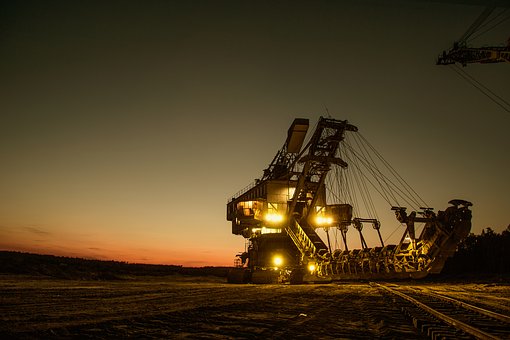Five Things I Look For In Exploration Companies

Three months ago (April) we covered the reasons we primarily invest in junior exploration companies. We promised to follow up with some criteria we follow in attempting to pick winners. Here are five things we look for when evaluating and selecting junior exploration companies.
Management Has A Track Record And Experience
There is a decent number of executives in the junior industry that were part of or led a company to an acquisition. If they have done it before then they know what needs to be done in order to do it again. If management has not been involved in a transaction, check to see if they have discovered a deposit or expanded a resource through drilling. Also, seek out the executives that had ample experience at a major company.
Do not stop with the CEO. Also consider the track record and experience of the chief geologist. They are just as important.
Strong Capital Structure And A Small Retail Float
The capital structure refers to the cash, shares outstanding and warrants and options. We are looking for companies with cash, tight share structures and tight floats. That means enough cash to move forward (without needing to raise multiple times) a low number of warrants and options and a small retail float.
The float is the number of shares available for trading after subtracting closely held shares. The smaller the retail float, the more amount of stock is tightly held (by insiders, institutions and large investors). Stocks with tighter retail floats can rise more quickly than stocks with larger retail floats. It’s basic supply and demand and the size of the retail float is just as important as the overall structure itself.
Industry Sponsorship
Juniors can have industry sponsorship through joint ventures or investment. Has a major gold mining company invested in the junior or partnered with the junior on its project? That would certainly lend quite a bit of credibility to the junior and its project.
Note that this is only one criteria and not a declaration to follow every major company into every investment they make. They can get better terms than you and I and they make mistakes too.
The Company Has A Deposit Or Could Find A Deposit A Major Would Want
To be specific that means a project with multi-million ounce potential and grade. We are looking for 2M-3M oz Au potential with 100K oz Au/yr production potential at a minimum. To be more specific, we want high margin potential projects. Something with marginal grade could be high margin and something with very good grade could only be marginal. Size and grade are a good starting point for high margin potential but one size does not fit all. Speaking of size, look for projects that have district-scale potential. In other words, look for very large land packages that could host more than one deposit.
Exploration companies are obviously further down on the food chain and not concerned with economic studies. However, in general we want projects that could have an internal rate of return of 15%-20% per year at $1100 to $1200 Gold.
Look For Value And Growth Potential
Price is what you pay and value is what you get. You are either a contrarian or a victim. These are obviously quotes from investors much smarter than me. Buying high and selling higher can work in the conventional markets but it rarely works with respect to exploration companies. That could be because of the cyclicality of the industry as well as the much publicized “life cycle” that junior companies go through.
Valuing exploration companies is subjective and can be quite difficult. In short, we want to buy value but also growth potential. In other words, look for projects or deposits that have exploration upside. Companies can add value this way even if metals prices do not rise. The ideal situation is a junior that is undervalued but could grow its deposit materially.
********
Even though metals prices are down over the past 12 months, they are not preventing companies from being rewarded by adding value to their deposits or discovering new deposits. This reflects the turn in the industry cycle in late 2015 and that will not change even if metals prices retest their lows. We have a bearish outlook for the next six to nine months and if Gold breaks below $1200 it could create some very compelling values in the junior exploration sector. To learn about which juniors we own, are following and hope to buy in the future, consider learning more about our premium service.

















